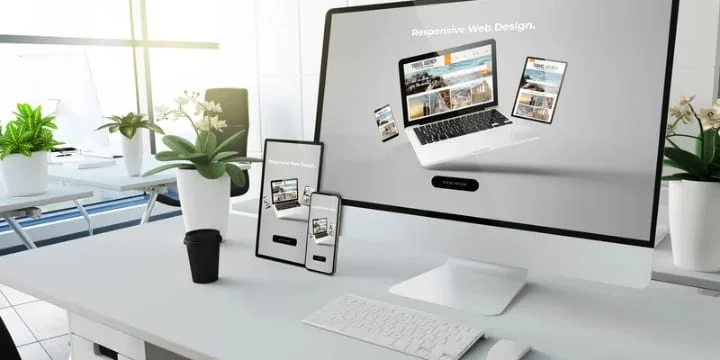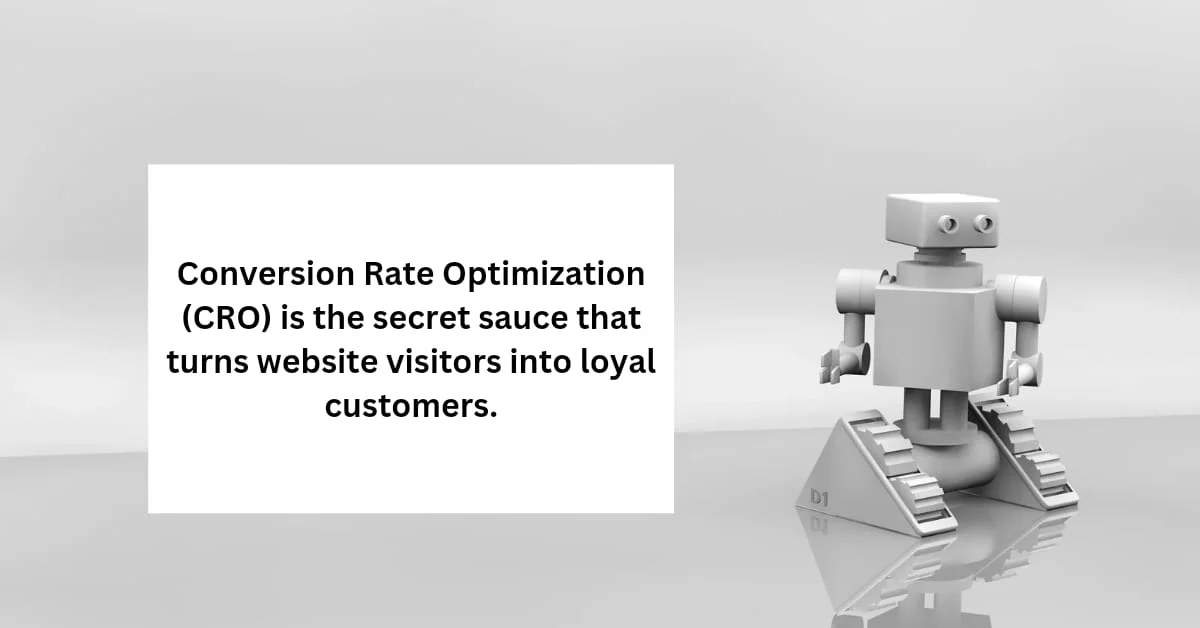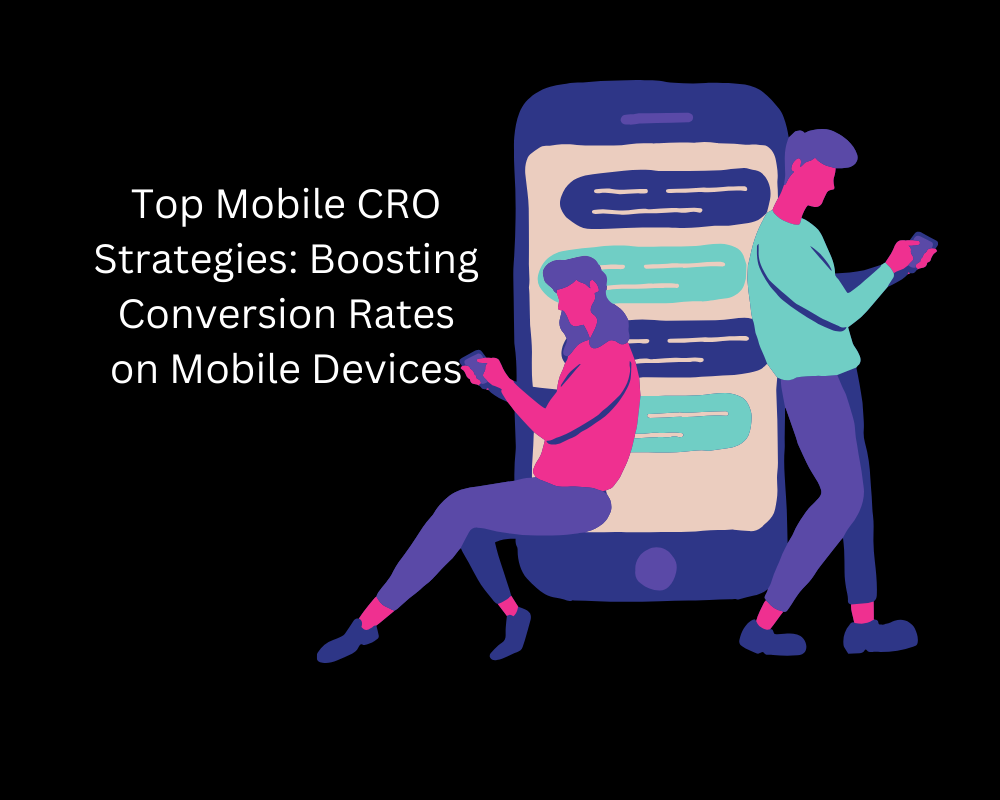When it comes to online marketing, your landing page is the digital equivalent of a first impression. And as we all know, first impressions are everything. Whether you’re trying to generate leads, sell a product, or build your email list, your landing page is where the magic happens—or where it falls flat. You might have the best product or service in the world, but if your landing page isn’t converting, none of that matters.
Ever spent hours tweaking your landing page only to see no real improvement in conversion rates? You’re not alone. The difference between a landing page that converts and one that doesn’t often comes down to some subtle, yet powerful tweaks. In this blog post, we’re diving into proven techniques that will help you optimize your landing pages, turning them into high-converting machines.
Ready to discover what makes a landing page go from “meh” to money? Let’s dive into the essentials that will have you optimizing like a pro.
Understanding the Basics of Landing Page Optimization
Let’s start with the foundation: What exactly is landing page optimization, and why is it so crucial?
At its core, landing page optimization (LPO) is the process of improving elements on a website to increase conversions. It’s all about fine-tuning every aspect of your page—from the headline to the call-to-action (CTA)—to ensure it’s not just drawing visitors in, but compelling them to take the next step.
Imagine you’ve got a steady stream of visitors coming to your landing page. Great, right? But if only a handful are taking the desired action—whether that’s filling out a form, making a purchase, or signing up for a newsletter—then your conversion rate is low. This is where LPO comes in.
Why is Landing Page Optimization So Important?

The success of your digital marketing efforts hinges on how well your landing pages perform. A well-optimized landing page doesn’t just capture attention; it converts that attention into action. And that action? It could be the difference between a bounce and a sale.
Consider this: A slight improvement in your landing page’s conversion rate can lead to a significant increase in revenue. For example, if you boost your conversion rate from 2% to 4%, you’ve effectively doubled your business without spending extra on driving more traffic. It’s about working smarter, not harder.
In the sections that follow, we’ll break down the key elements that contribute to a high-converting landing page and the proven techniques you can use to optimize yours.
Key Elements of High-Converting Landing Pages
Now that we understand the importance of landing page optimization, let’s dive into the essential elements that make a landing page not just good, but great. These are the building blocks that, when optimized correctly, can significantly boost your conversion rates.

1. Crafting Attention-Grabbing Headlines
Your headline is the first thing visitors see when they land on your page. It’s your chance to make a strong first impression and grab their attention. An effective headline is clear, concise, and directly addresses the visitor’s needs or pain points.
For example, instead of a vague headline like “Improve Your Marketing,” a more compelling alternative could be “Double Your Leads in 30 Days with These Proven Strategies.” This headline is specific, promises a tangible benefit, and piques curiosity—all key components of a high-converting headline.
Tip: Use your primary keyword, “landing page conversion,” within the headline to improve SEO and make the purpose of your page immediately clear.
2. Creating Compelling Call-to-Actions (CTAs)
The CTA is arguably the most important part of your landing page. It’s the button or link that prompts your visitors to take the desired action, whether that’s signing up, purchasing, or downloading. A weak or unclear CTA can result in missed opportunities and low conversions.
To create an effective CTA, keep it action-oriented and make it stand out visually. Instead of using a generic “Submit” button, opt for something more engaging like “Get Your Free Guide Now” or “Start My Free Trial.” The language should be direct and convey urgency or value.
Tip: Test different CTA placements and designs to see what resonates best with your audience. Sometimes, even a slight change in wording or color can make a big difference.
3. Using Visuals and Layout Effectively
A picture is worth a thousand words, especially on a landing page. High-quality images, videos, and clean layouts can help communicate your message quickly and effectively. Visuals should complement your text and guide the user’s eye towards the CTA.
For instance, using an image of your product in action or a testimonial video can help build trust and make your offer more relatable. The layout should be uncluttered, with plenty of white space to make the page easy to navigate.
Tip: Ensure that your visuals are optimized for fast loading times. Slow-loading pages can lead to high bounce rates, which negatively impact your conversion rates.
4. The Importance of Persuasive Copywriting
Great copy doesn’t just inform—it persuades. The words you choose should resonate with your audience, addressing their pain points and clearly explaining the benefits of your offer. Use the language your audience speaks, and focus on how your product or service can solve their problems.
Keep your copy concise and to the point. Visitors often skim through content, so bullet points, short paragraphs, and subheadings can help make your message more digestible.
Tip: Incorporate related keywords like “high-converting landing pages” and “optimize landing pages” naturally within your copy to enhance SEO while ensuring the content remains engaging.
Design Techniques for Boosting Conversion Rates
Design isn’t just about making your landing page look good; it’s about creating an experience that guides visitors toward taking action. A well-designed landing page combines aesthetics with functionality to maximize conversions. Let’s explore some design techniques that can help you achieve this balance.

1. Embrace Minimalistic Design
In the world of landing pages, less is often more. A minimalistic design helps keep your visitors focused on what really matters—the offer and the CTA. By eliminating unnecessary distractions, you create a clear path for the user to follow, which can lead to higher conversion rates.
This doesn’t mean your page should be bland; rather, it should be clean and purpose-driven. Use plenty of white space, limit the number of elements on the page, and ensure that every component serves a specific function.
Tip: Highlight your CTA by surrounding it with white space. This helps draw the visitor’s eye directly to where you want them to click.
2. Responsive Design for a Mobile-First World
With more people browsing the web on their phones, a responsive design isn’t just a nice-to-have—it’s essential. Your landing page must look and function well on all devices, especially mobile. A non-responsive landing page can lead to a frustrating user experience, causing potential customers to bounce before they even engage with your content.
A responsive design automatically adjusts the layout, images, and text size to fit the screen size of the device being used. This ensures that your CTA buttons are easily clickable, text is readable, and the overall experience is seamless across all platforms.
Tip: Test your landing page on multiple devices to ensure it’s fully optimized. Pay special attention to loading times, as slower mobile load speeds can drastically reduce conversions.
3. Leveraging Color Psychology
Colors can have a significant impact on how users perceive your landing page and, ultimately, whether they convert. Different colors evoke different emotions and reactions. For example, red can create a sense of urgency, while blue is often associated with trust and reliability.
When designing your landing page, choose colors that align with your brand and the emotions you want to evoke in your visitors. However, don’t overdo it—too many colors can be overwhelming and distract from your CTA.
Tip: Use contrasting colors for your CTA buttons to make them stand out. For instance, if your page has a blue theme, a bright orange CTA button can draw attention and encourage clicks.
A/B Testing and Data-Driven Optimization
Even the most well-designed landing page can be improved. But how do you know which changes will make the biggest impact? That’s where A/B testing and data-driven optimization come into play. By systematically testing different elements on your landing page, you can gather data that reveals what truly resonates with your audience and what doesn’t.

1. Understanding A/B Testing
A/B testing, also known as split testing, involves creating two versions of a landing page (Version A and Version B) that differ by a single element, such as the headline, CTA, or image. You then split your traffic between these two versions to see which performs better in terms of conversions.
For example, you might test a headline that reads “Boost Your Sales with Our Proven Strategies” against another that says “Increase Your Revenue with Expert Tips.” By analyzing the conversion rates of each version, you can determine which headline is more effective at driving action.
Tip: Always test one element at a time. Testing multiple changes simultaneously can make it difficult to pinpoint which specific change led to the improved performance.
2. Analyzing Data to Refine Your Landing Page
Once you’ve run your A/B tests, it’s time to dive into the data. Look at metrics like conversion rates, bounce rates, and time spent on the page to understand how users are interacting with your landing page. This data can provide valuable insights into what’s working and what needs improvement.
For instance, if you notice that users are spending very little time on the page before bouncing, it might indicate that your content isn’t engaging enough or that the page load time is too slow. Conversely, a high conversion rate on a specific CTA placement might suggest that the positioning of your buttons is spot-on.
Tip: Use tools like Google Analytics, Hotjar, or Crazy Egg to gather detailed insights into user behavior. Heatmaps, for example, can show you where users are clicking the most, helping you identify hot spots on your page.
3. Examples of Successful A/B Tests
Let’s take a look at some real-world examples where A/B testing led to significant improvements in conversion rates:
- Example 1: Button Color: A company tested the color of their CTA button—green versus red. The red button outperformed the green one by 21%, demonstrating the power of color psychology.
- Example 2: Headline Copy: Another business tested a generic headline against one that included a specific value proposition. The headline that clearly stated the benefit resulted in a 35% increase in conversions.
These examples illustrate that even small tweaks can lead to big results. A/B testing allows you to make informed decisions based on actual user behavior, rather than guesswork.
Common Mistakes to Avoid in Landing Page Optimization
Even with the best intentions, it’s easy to make mistakes that can sabotage your landing page’s effectiveness. Here, we’ll highlight some of the most common pitfalls that can harm your conversion rates and how to avoid them.
1. Overloading with Information
While it’s important to provide enough information to persuade visitors, too much text can overwhelm and confuse them. A cluttered landing page with walls of text can make it difficult for users to find the key message, leading to higher bounce rates.
Instead, focus on clear, concise messaging that guides the visitor to the CTA without unnecessary distractions. Use bullet points, short paragraphs, and subheadings to break up the text and make your content more skimmable.
Tip: Follow the “one page, one purpose” rule. Your landing page should focus on a single goal—whether that’s capturing leads, making a sale, or driving sign-ups. Everything on the page should work towards that goal.
2. Ignoring Mobile Optimization
With mobile traffic accounting for a significant portion of web visits, failing to optimize your landing page for mobile devices is a critical mistake. A landing page that looks great on a desktop but is difficult to navigate on a smartphone can result in lost conversions.
Ensure your landing page is fully responsive, with elements like buttons and text easily clickable and readable on smaller screens. Remember, mobile users are often on the go, so simplicity and speed are key.
Tip: Use mobile-specific A/B testing to refine your landing page further. What works on desktop doesn’t always translate to mobile, so it’s important to optimize for both experiences.
3. Weak CTAs
A vague or uninspiring CTA can be the difference between a conversion and a missed opportunity. CTAs like “Submit” or “Click Here” lack clarity and urgency, leaving visitors unsure of what will happen when they click.
Your CTA should be clear, direct, and action-oriented, with a focus on the benefit to the user. For example, “Get Your Free Ebook Now” or “Start Your Free Trial Today” are much more compelling and provide a clear incentive.
Tip: Test different CTA variations, including wording, color, and placement, to find the combination that drives the most conversions. Even minor adjustments can have a significant impact.
Additional Tips for Optimizing Landing Pages
Now that we’ve covered the basics and common pitfalls, let’s dive into some additional tips that can take your landing page optimization to the next level. These strategies are designed to refine and enhance your landing page, ensuring it performs at its best.

1. Speed Optimization
In today’s fast-paced digital world, every second counts. A landing page that takes too long to load can result in visitors bouncing before they even have a chance to engage with your content. In fact, studies show that a one-second delay in page load time can lead to a 7% reduction in conversions.
To optimize for speed, compress images, minimize code, and leverage browser caching. Tools like Google PageSpeed Insights can help you identify areas where your landing page might be lagging and offer solutions to improve load times.
Tip: Aim for a page load time of under three seconds. The faster your page loads, the better your chances of keeping visitors engaged and converting them into customers.
2. Incorporate Trust Signals
Trust is a critical factor in conversion rates. If visitors don’t trust your brand or your offer, they won’t convert—no matter how well-designed your landing page is. This is where trust signals come in.
Trust signals include elements like testimonials, customer reviews, security badges, and logos of well-known clients or media features. These elements reassure visitors that your business is credible and that others have had positive experiences with your product or service.
Tip: Place trust signals near your CTA to reinforce the decision to convert. For example, including a testimonial or a security badge next to your “Buy Now” button can help alleviate last-minute doubts.
3. Leverage Tools and Resources for Optimization
There’s no need to optimize your landing page alone—numerous tools and resources are available to help you analyze, test, and refine your page. Here are a few worth considering:
- Google Analytics: Track user behavior, conversion rates, and other key metrics.
- Hotjar: Provides heatmaps and session recordings to visualize how visitors interact with your page.
- Unbounce: A platform specifically designed for building and optimizing landing pages with A/B testing capabilities.
These tools can provide the data-driven insights you need to make informed decisions about how to improve your landing page’s performance.
Tip: Regularly review your landing page’s performance metrics and make adjustments as needed. Optimization isn’t a one-time task—it’s an ongoing process.
In a Nutshell
Landing page optimization is a powerful tool in your digital marketing arsenal. By focusing on the key elements—like attention-grabbing headlines, compelling CTAs, and a clean, responsive design—you can significantly improve your conversion rates. Remember, even small tweaks can lead to big results, especially when combined with data-driven techniques like A/B testing.
Avoid common mistakes like overloading your page with information, neglecting mobile users, or using weak CTAs. Instead, strive to create a streamlined, user-friendly experience that builds trust and encourages action. And don’t forget the additional tips: speed optimization, trust signals, and leveraging the right tools can all make a significant difference in your landing page’s success.
The bottom line? Landing page optimization is about more than just making your page look good—it’s about making it work for you. By implementing the proven techniques discussed in this post, you’ll be well on your way to boosting your conversion rates and achieving your marketing goals.













